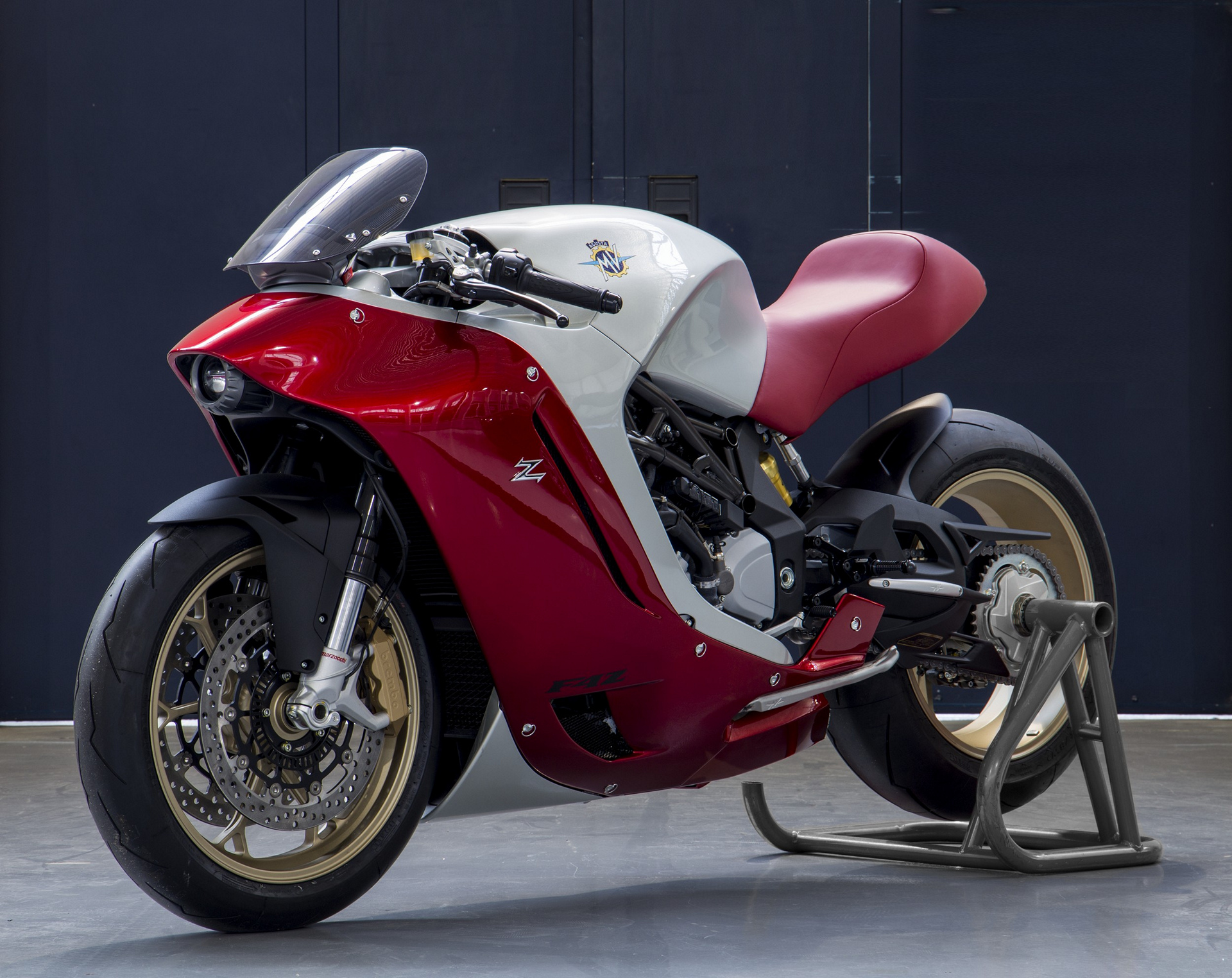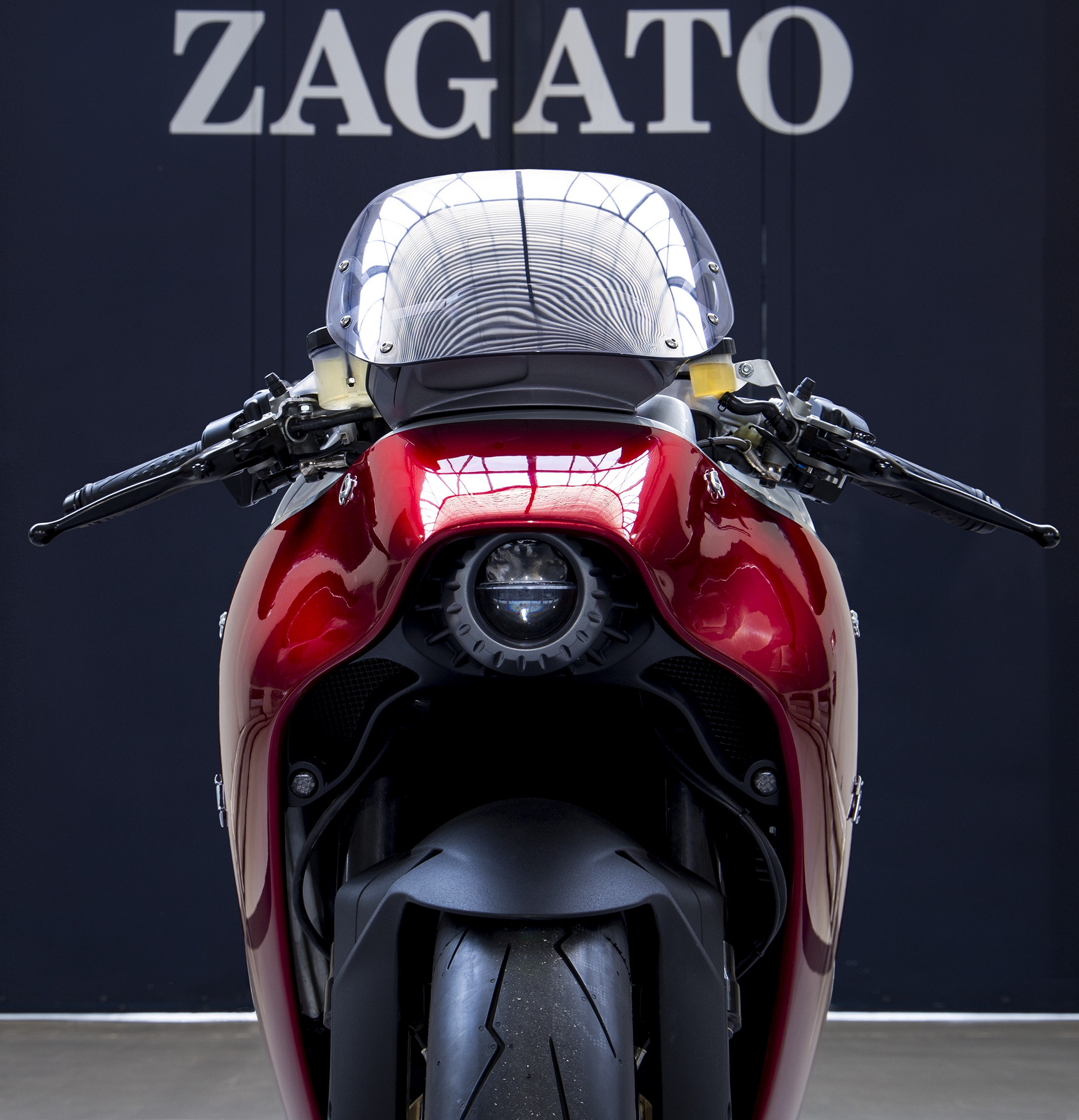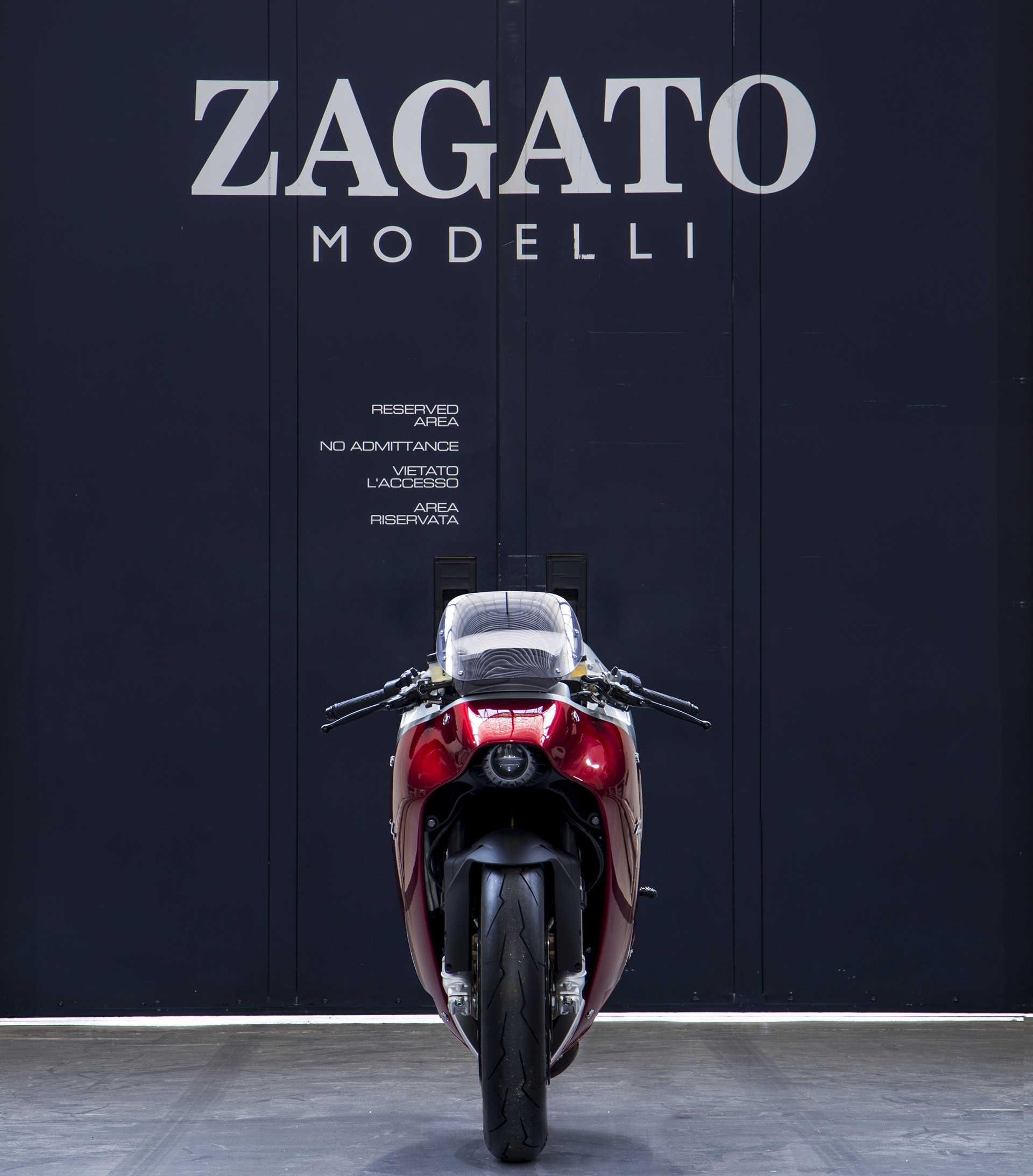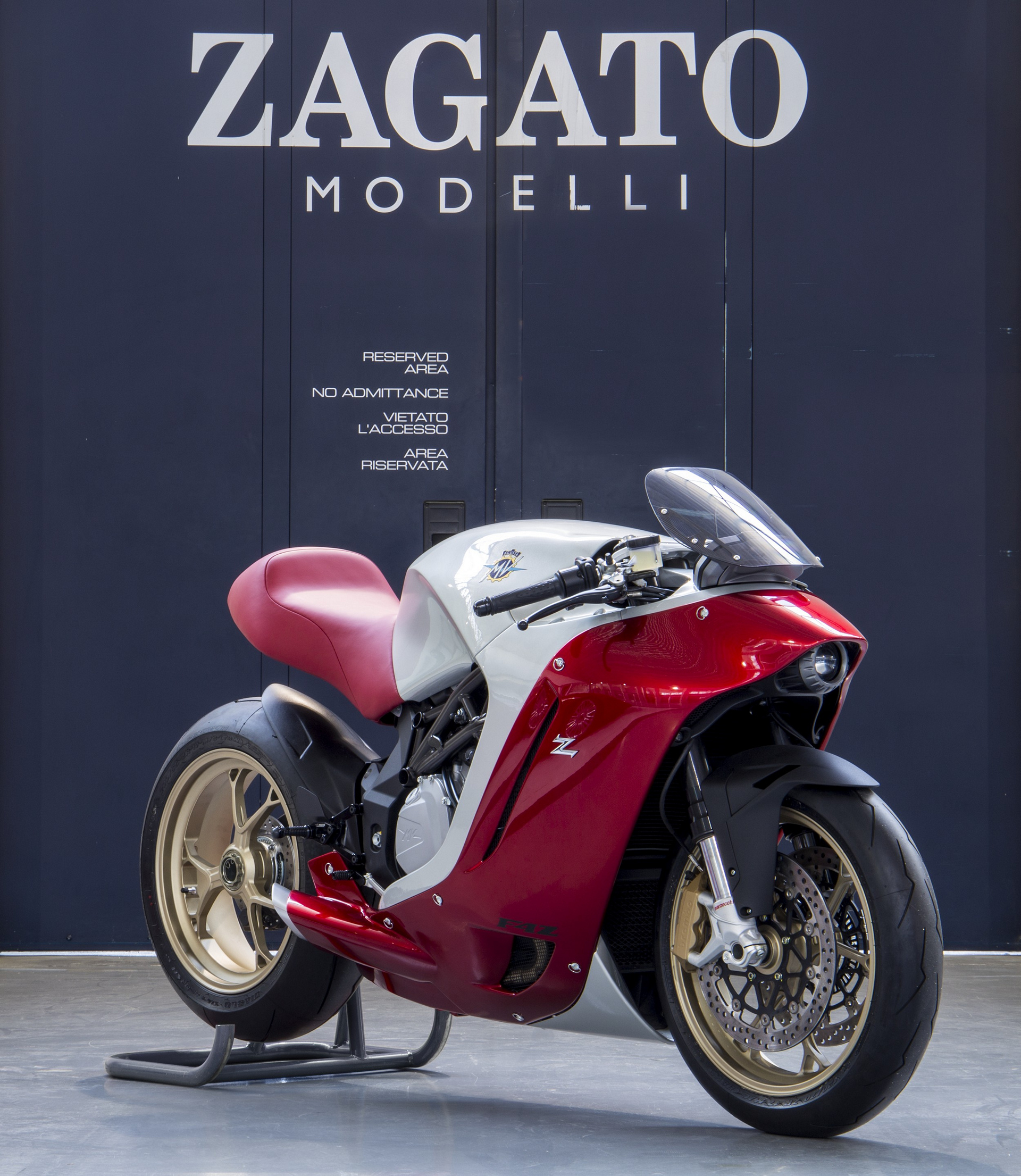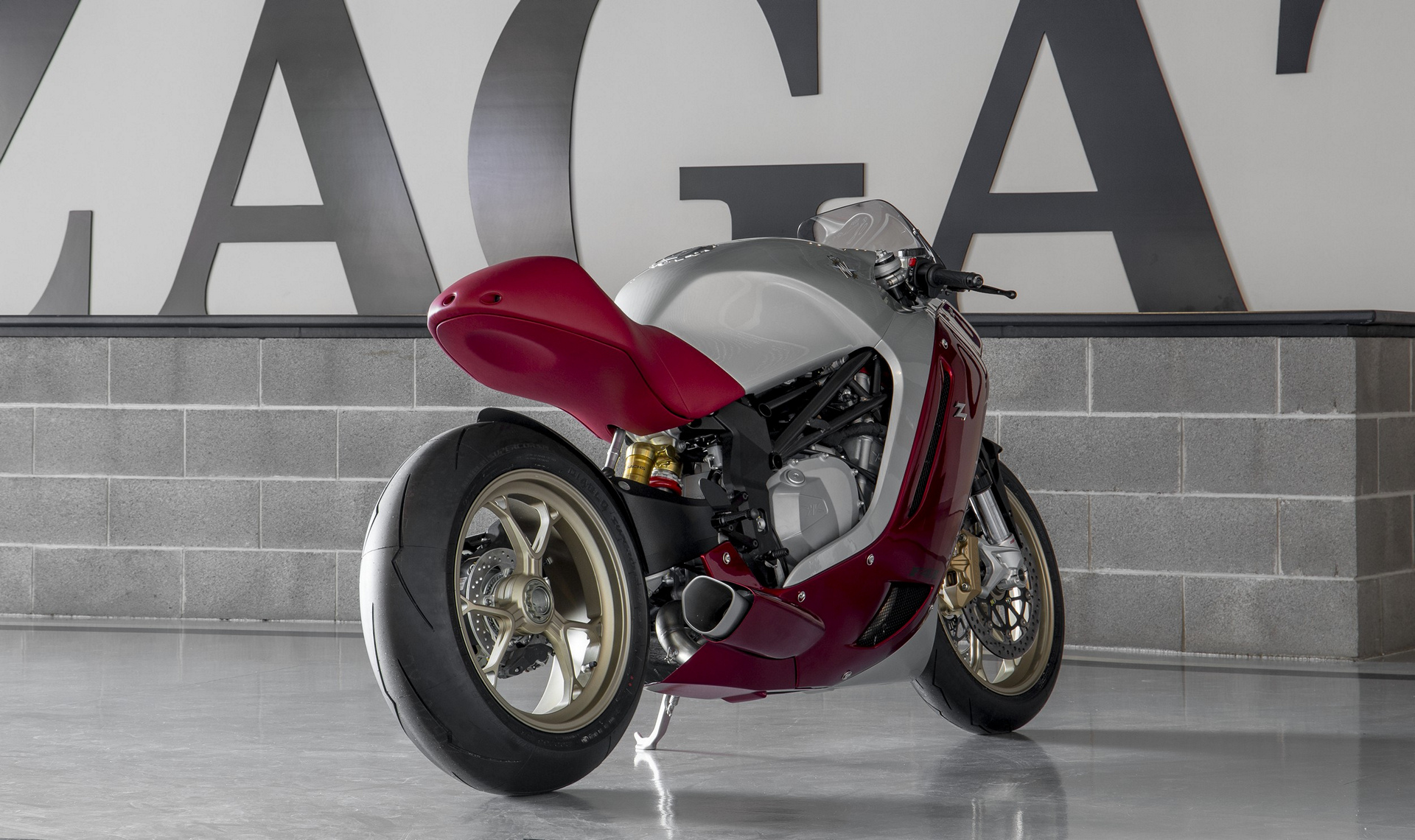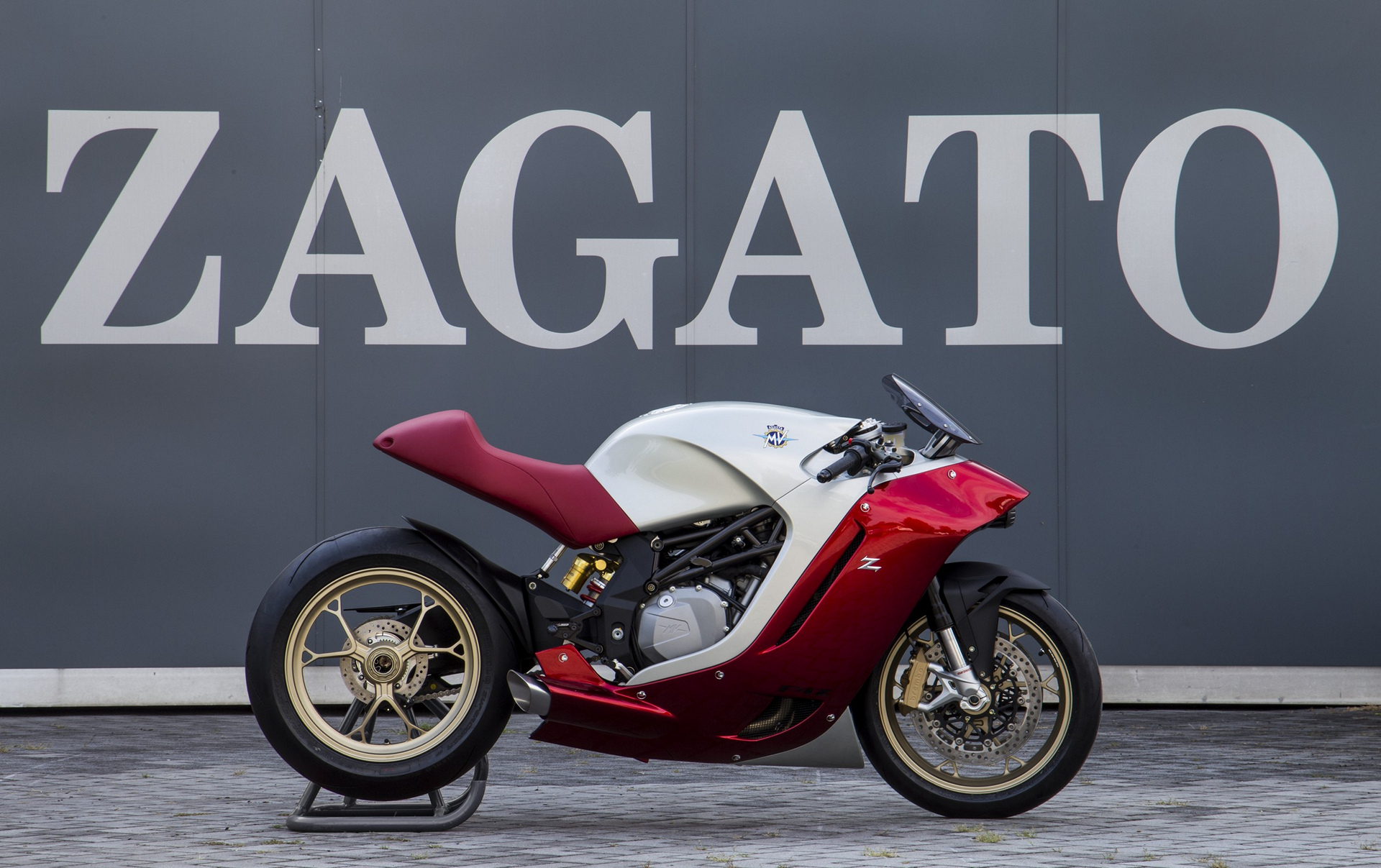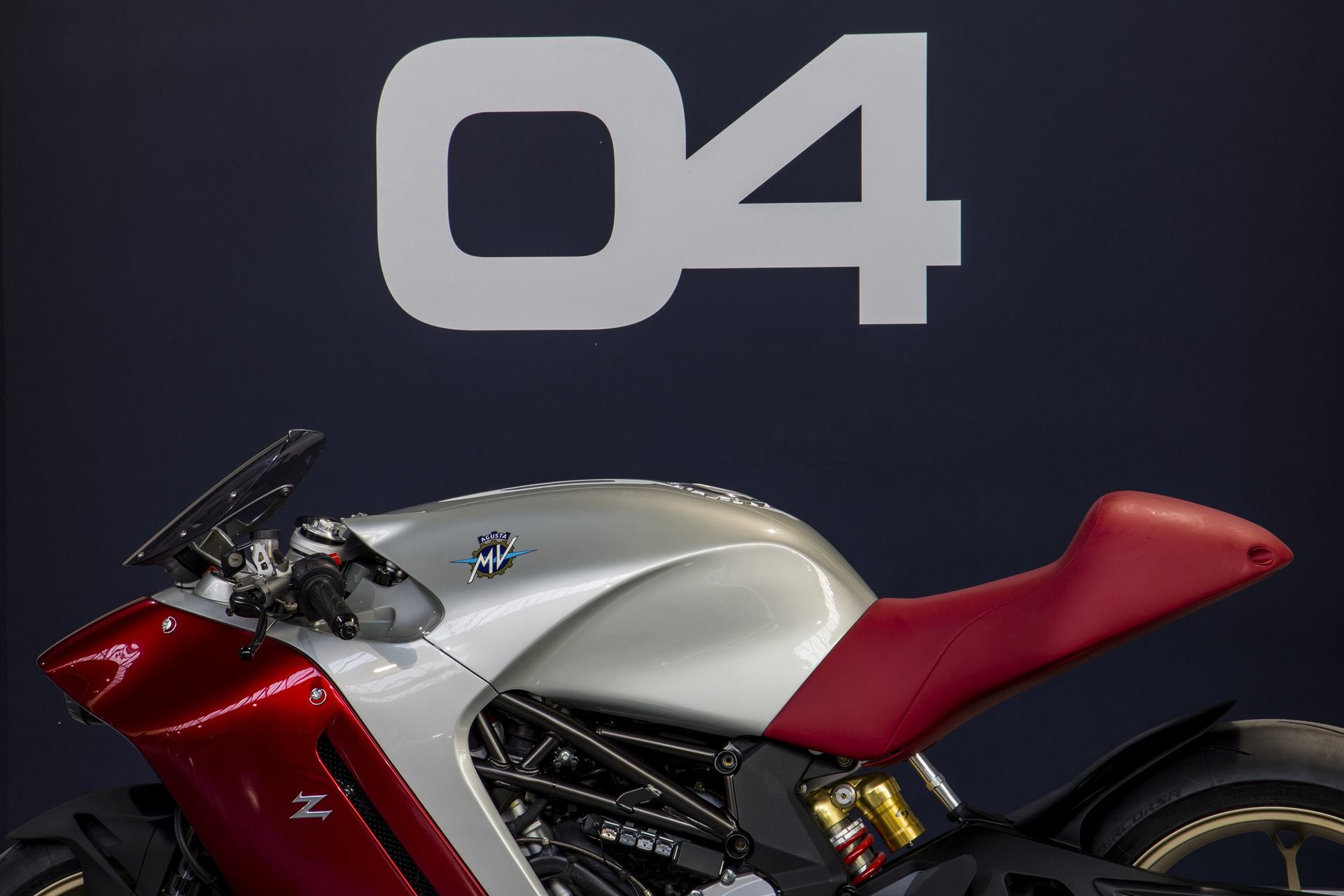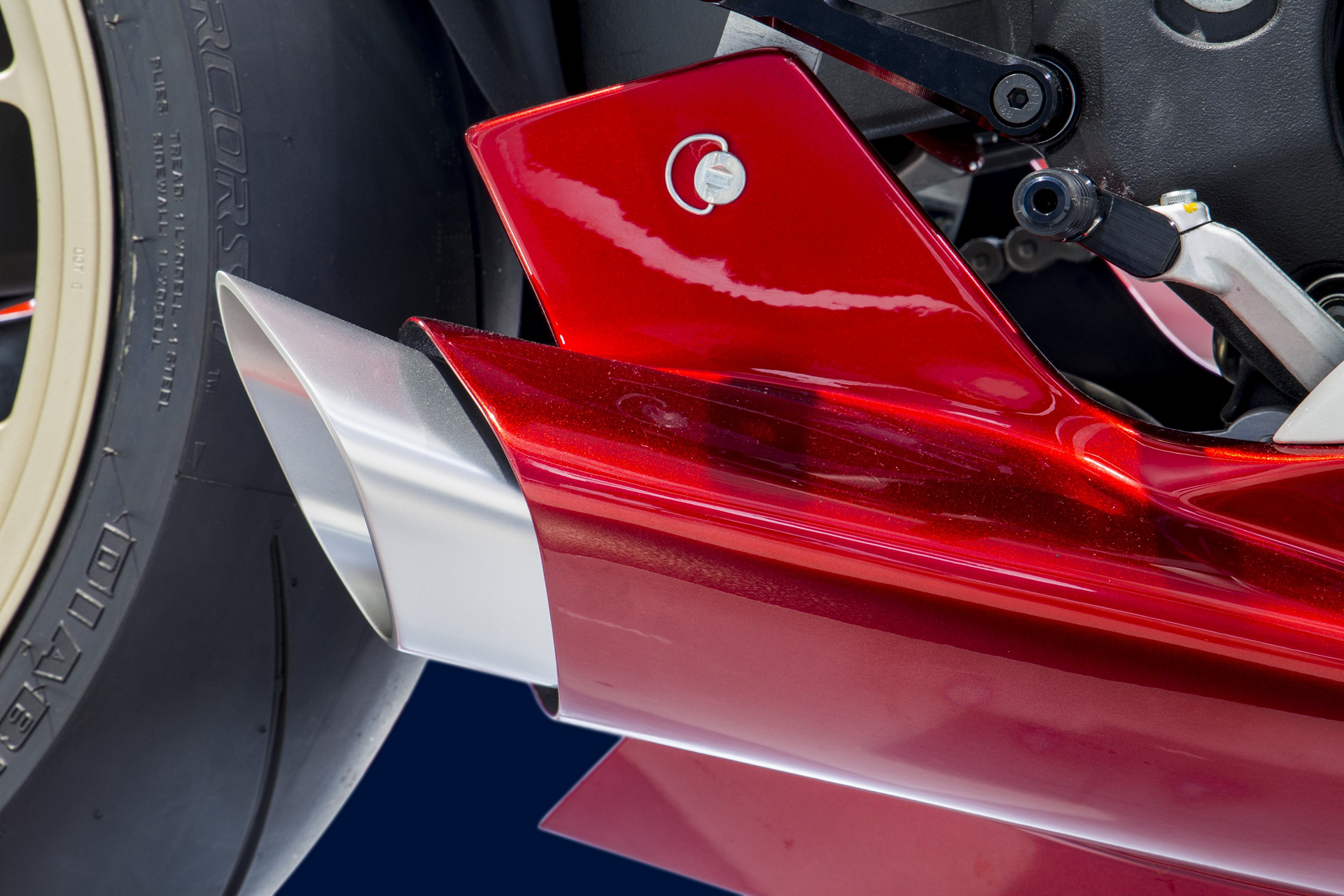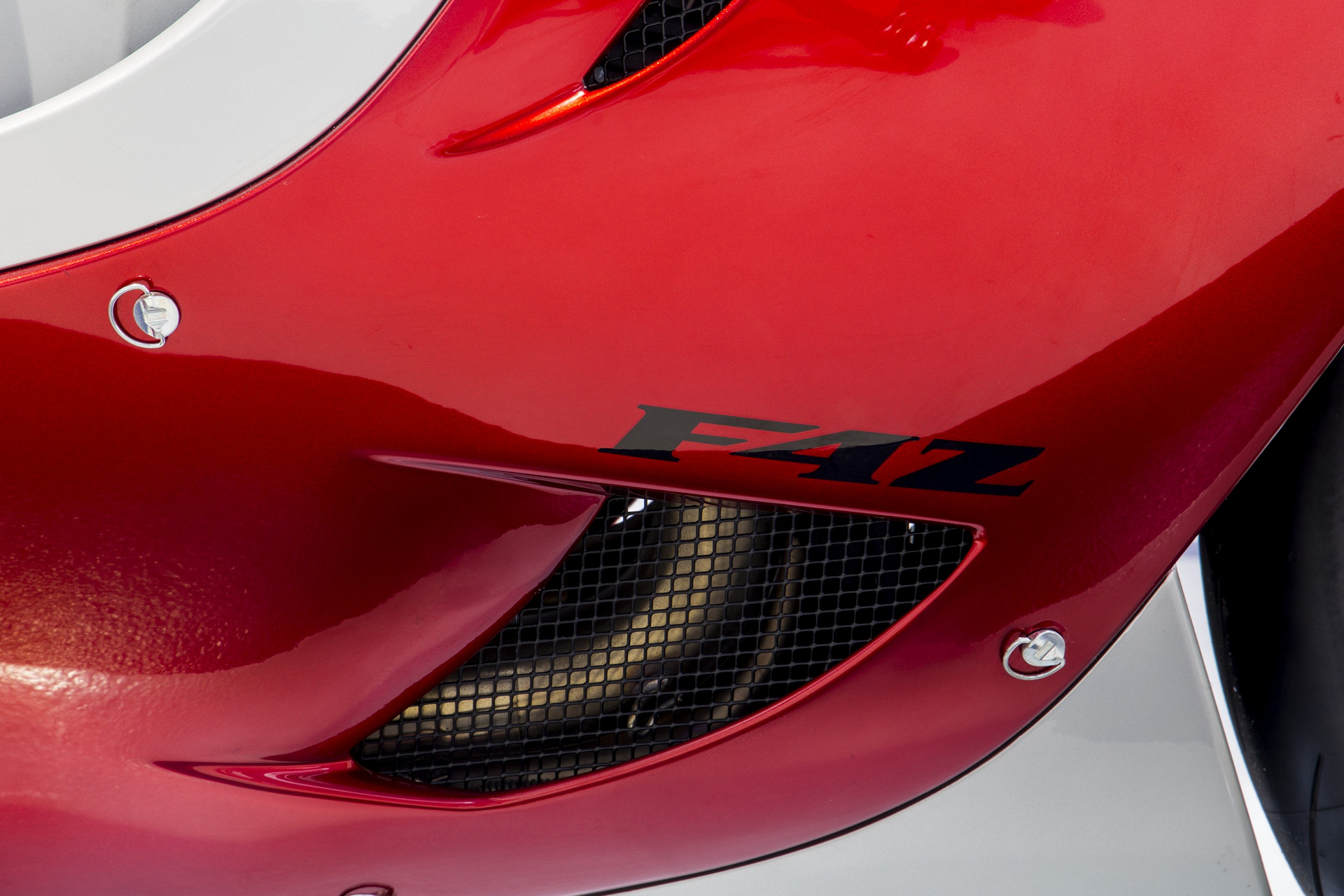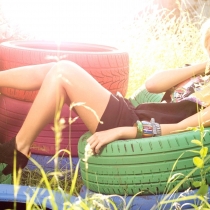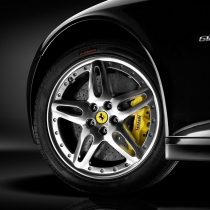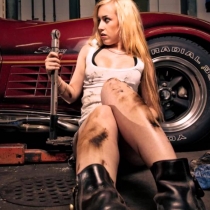Chantilly Arts & Elegance 2016: The MV Agusta F4Z goes beyond traditional customization to become a collectible Atelier motorbike.
At the third international Concours d’Elegance Chantilly Arts & Elegance, the F4Z is the first Atelier motorbike to be created by the historical Milanese coachbuilder in collaboration with the bike manufacturer from Varese.
MV Agusta has attained international renown for its advanced technology, high performance and unique design, making it one of the most exclusive and prestigious brands in the motorcycling world. Its legend has been consecrated by 75 world championships (37 Manufacturers’ and 38 Riders’) and is celebrated by a range of products capable of winning the most coveted specialised critics’ awards.
MV Agusta’s product portfolio is based on two main platforms, comprising three- and four-cylinder models with a displacement of 675 to 1100 cc and occupying the supersport, superbike, sport-naked and crossover segments.
The only remaining Italian coachbuilding company to be independent and still in the hands of its founder’s family, Zagato shaped the F4Z, based on the standard mechanics of the MV Agusta F4, as a one-off piece for a Japanese entrepreneur, collector of Zagato cars as well as Italian motorbikes.
Beyond Customisation
The MV Agusta F4Z’s bodywork was designed and engineered by the Zagato team and built with noble materials like aluminium and carbon fibre. It consists of a limited number of relatively large panels: this is the characteristic that, in the motorcar world, sets apart collectibles from mass produced automobiles. Compared to the production MV Agusta F4, the F4Z features an entirely different bodywork. Some parts had to be adapted and re-engineered, others fully replaced by components that were made specially: intake manifolds, fuel tank, battery, exhaust system.
For MV Agusta, founded in 1945 by Domenico Agusta, the F4Z represents a different result compared to the traditional rules of customisation in the motorbike sector, witnessing the brand’s entrance into the niche of collectibles, built on request and expression of exclusivity, uniqueness and investment in durables.
For the company founded by Ugo Zagato in 1919, that specialised in light 2 door/2 seat bodies (coupe or spider) right from the start, the MV Agusta F4Z represents instead a digression beyond the car universe, their traditional field of expression. Nowadays Zagato is a modern Total Design Centre and coachbuilding Atelier, able to blend and balance the most advanced engineering technologies, the use of innovative materials and the traditional workshop production procedures.
Timeless Design
The design team of the Zagato Atelier had to tackle the challenge of creating a bike that would interpret the lifestyle of the customer, a young Japanese businessman, president of a holding with interests in the fashion and publishing sectors.
The starting point was the notion that a motorbike expresses its owner’s lifestyle a lot more than a car. Therefore, it was essential to know and understand the character, passions and wishes of the person to whom the bike was destined.
The collector or investor who turns to the Zagato Atelier requesting an exclusive piece is certainly someone with a strong passion. The love for bikes of the client dates back to the Eighties, when he bought his first motorcycle and started to customise it with his own hands. It was his visceral passion that stimulated the designers’ creativity. He didn’t want anything modern, fashionable, but something that could instead keep its value and appeal. What he wanted was a motorbike that wasn’t comparable to any other, that was classic, but always up to date and with a timeless design.


